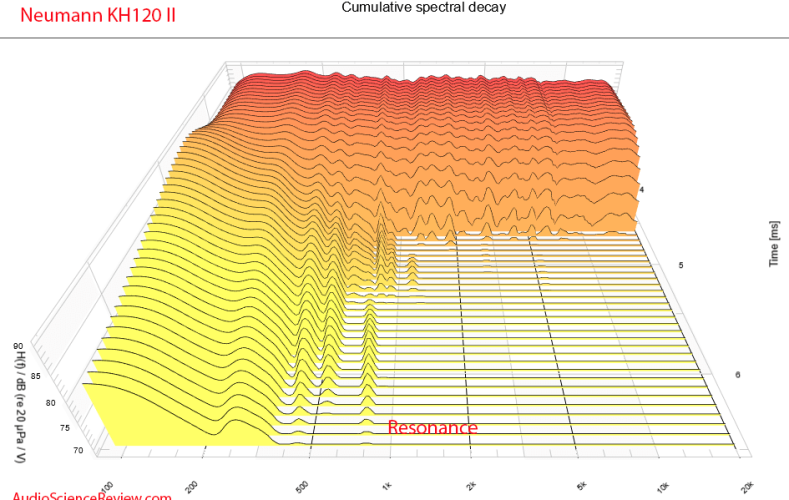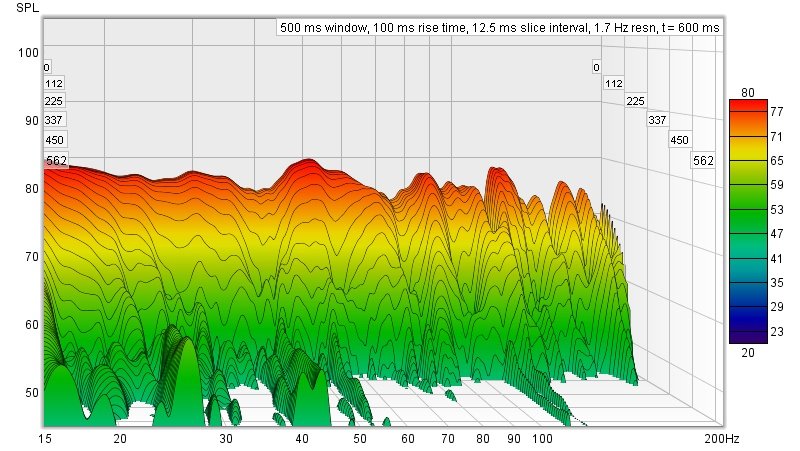Ryokan
Headphoneus Supremus
I didn’t want to listen with them in preference to my S12 Pro ($135)
Planar timbre

Give the 2024's a try, I love them as they're much better than S12 OG (imo). But as much as I respect what they can do especially for what they cost, I much prefer to listen with others that cost a lot more. If I'd heard them first (and was wise) I could possibly think they are all you need though.















